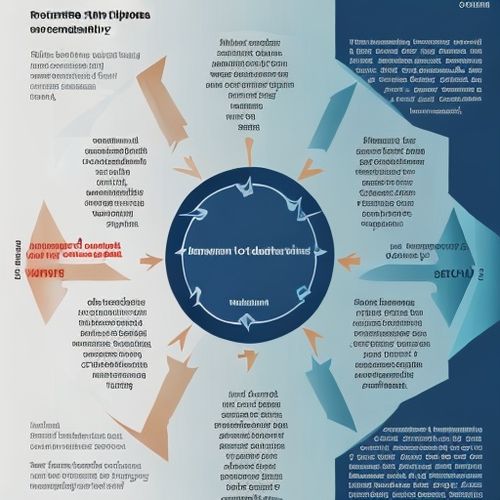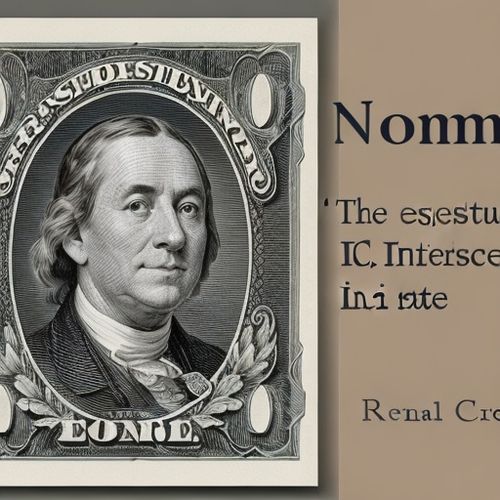The rise of cryptocurrencies, spearheaded by Bitcoin, has fundamentally altered the financial and technological landscape over the past decade. What began as an obscure digital experiment has evolved into a global phenomenon, challenging traditional notions of currency, trust, and decentralized systems. At the heart of this revolution lies blockchain technology—a distributed ledger system that ensures transparency, security, and immutability. Together, Bitcoin and blockchain have not only redefined money but also opened doors to innovations across industries far beyond finance.
Bitcoin: The Pioneer of Digital Currency
When Satoshi Nakamoto introduced Bitcoin in 2008, few could have predicted its meteoric rise. Designed as a peer-to-peer electronic cash system, Bitcoin eliminated the need for intermediaries like banks, enabling direct transactions between users. Its decentralized nature, powered by a network of miners validating transactions through proof-of-work, offered an alternative to government-issued currencies. Over time, Bitcoin’s scarcity—capped at 21 million coins—turned it into a store of value, often dubbed "digital gold." Investors and institutions began flocking to it, not just as a currency but as a hedge against inflation and economic instability.
The volatility of Bitcoin’s price has been both a blessing and a curse. Early adopters reaped enormous gains, while skeptics pointed to its wild price swings as evidence of a speculative bubble. Yet, despite the turbulence, Bitcoin has cemented its place in the financial ecosystem. Major companies now accept it as payment, and countries like El Salvador have even adopted it as legal tender. Its resilience through market crashes and regulatory scrutiny has only strengthened its credibility as a transformative asset.
Blockchain: The Engine Behind the Revolution
While Bitcoin dominates headlines, the underlying blockchain technology is arguably its most enduring legacy. Blockchain operates as a decentralized ledger, recording transactions across a network of computers in a way that is nearly impossible to alter. This immutability ensures trust without the need for a central authority, making it ideal for applications beyond cryptocurrency. From supply chain management to voting systems, blockchain’s potential is vast and still being explored.
One of the most promising aspects of blockchain is its ability to enable smart contracts—self-executing agreements with terms directly written into code. Platforms like Ethereum have leveraged this feature to create decentralized applications (dApps) that operate without intermediaries. These innovations have given rise to decentralized finance (DeFi), a movement aiming to recreate traditional financial services—like lending and trading—on blockchain networks, accessible to anyone with an internet connection.
Challenges and Criticisms
Despite its promise, the cryptocurrency and blockchain space faces significant hurdles. Regulatory uncertainty looms large, with governments worldwide grappling with how to oversee an inherently borderless technology. Some nations embrace it, while others impose strict bans, fearing its potential for illicit activities like money laundering. Environmental concerns also persist, particularly around Bitcoin’s energy-intensive mining process, which critics argue exacerbates climate change.
Scalability remains another critical issue. Bitcoin’s network, for instance, processes transactions slower than traditional payment systems like Visa, leading to congestion and high fees during peak times. While solutions like the Lightning Network aim to address these limitations, widespread adoption is still in progress. Additionally, the proliferation of altcoins and speculative projects has led to scams and failed ventures, casting a shadow over the industry’s credibility.
The Future of Cryptocurrency and Blockchain
The trajectory of cryptocurrencies and blockchain technology is anything but certain, yet their influence is undeniable. Central banks are now exploring central bank digital currencies (CBDCs), inspired by the success of decentralized cryptocurrencies. Meanwhile, corporations and governments are investing heavily in blockchain for everything from identity verification to cross-border payments. The technology’s potential to democratize finance, increase transparency, and reduce fraud continues to drive innovation.
As the space matures, the focus may shift from speculative trading to real-world utility. Projects that solve tangible problems—whether in healthcare, logistics, or governance—are likely to thrive, while those built on hype may fade. The intersection of blockchain with other emerging technologies, like artificial intelligence and the Internet of Things, could unlock even more groundbreaking applications.
In the end, the rise of Bitcoin and blockchain represents more than just a financial shift; it’s a reimagining of how trust and value can be exchanged in a digital world. Whether cryptocurrencies become mainstream or remain niche, their impact on technology and society will be studied for decades to come.

By Noah Bell/Apr 10, 2025

By Victoria Gonzalez/Apr 10, 2025

By John Smith/Apr 10, 2025

By Sarah Davis/Apr 10, 2025

By James Moore/Apr 10, 2025

By John Smith/Apr 10, 2025

By Ryan Martin/Apr 10, 2025

By Benjamin Evans/Apr 10, 2025

By Emma Thompson/Apr 10, 2025

By Megan Clark/Apr 10, 2025

By Thomas Roberts/Apr 10, 2025

By Noah Bell/Apr 10, 2025

By George Bailey/Apr 10, 2025

By Daniel Scott/Apr 10, 2025

By Benjamin Evans/Apr 10, 2025

By Amanda Phillips/Apr 10, 2025

By Sophia Lewis/Apr 10, 2025